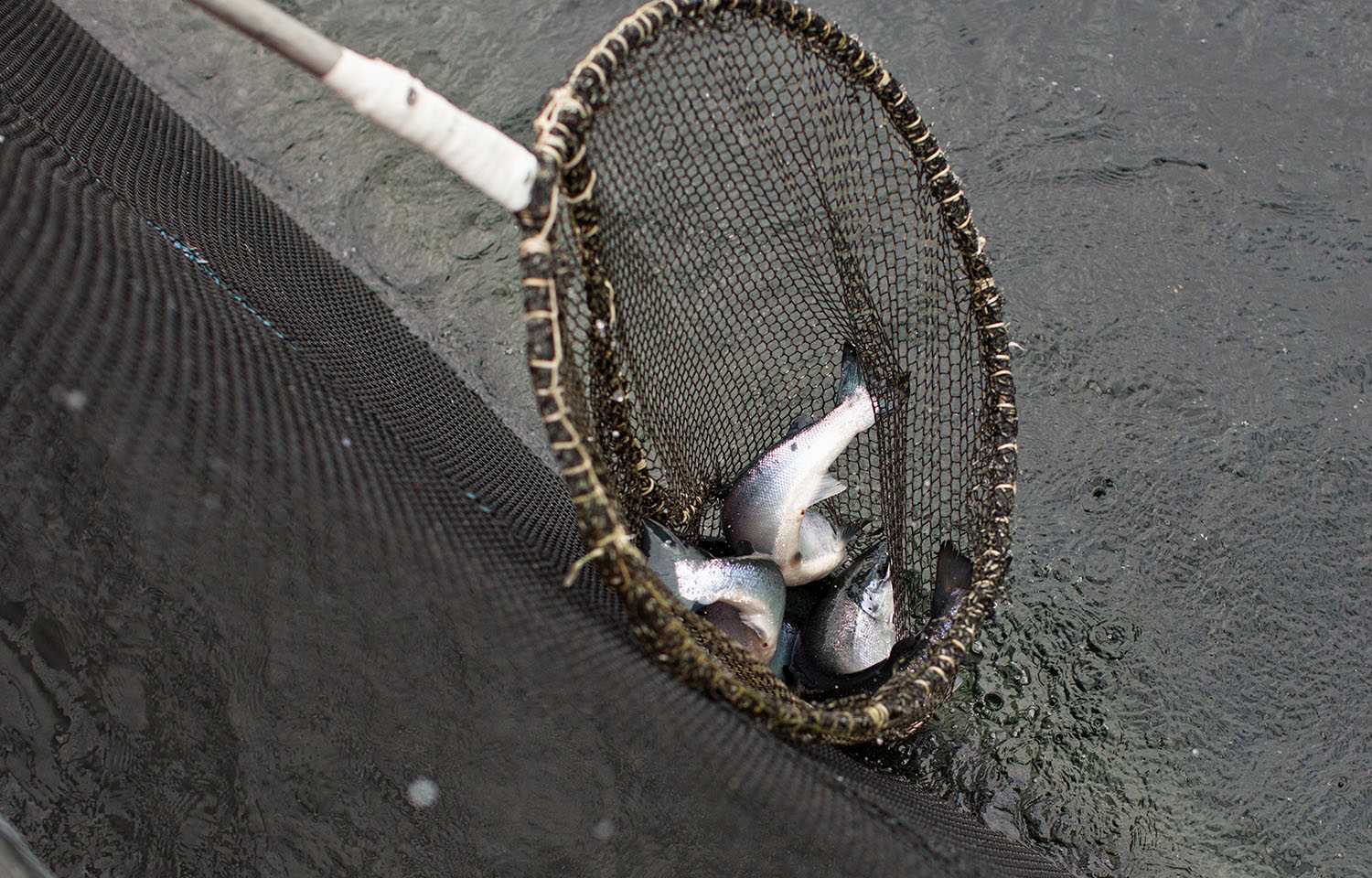As summer begins in Norway, most of the country’s largest salmon farmers are coping with outbreaks of infectious salmon anemia.
Norway has struggled with a higher-than-normal number of infectious salmon anemia (ISA) and bacterial kidney disease (BKD) cases over the past year.
On 17 June, Norway’s Norwegian Food Safety Authority (Mattilsynet) reported a suspected ISA case in Salmar Oppdrett’s 33737 Olausskjæret site, operated by Refsnes Laks, in Frøya municipality, Trøndelag county. It is conducting testing after the company reported a positive test for ISA on 14 June.
On 13 June, Mattilsynet said it had detected ISA at Mowi’s 36877 Munkskjæra in Frøya municipality in Trøndelag county. Mowi had first detected the outbreak on 31 May, and Mattilsynet confirmed the diagnosis on 12 June.
On 12 June, Salmar’s 10839 Store Kufjord farm in Alta municipality, Finnmark county, was confirmed to have an ISA outbreak, initially suspected after samples taken 31 May.
On 7 June, Mattilsynet verified a suspected outbreak at Lerøy Vest Sjø’s 24735 Gulholmen site in Bjørnafjorden municipality, Vestland county, first detected 28 May.
On June 4, Mattilsynet confirmed detection of a case of ISA at Måsøval’s 26775 Fjølværet Ø farm in Frøya municipality, Trøndelag county. The company’s suspected detection of the disease was first reported 24 May. Måsøval said it was planning to harvest the 396,000 fish at the site, with an average weight of 5.6 kilograms each, in week 26, meaning the early harvest “will have limited effect on volumes and cost and is expected to have little effect on price achievement.”
Mattilsynet has 10 active established restricted movement zones related to recently recorded ISA outbreaks in Norway, according to the Barents Watch tracking page. The site lists 17 active warnings for detected or suspected ISA cases. There are also 42 active proven or suspected instances of pancreatic disease and 15 BKD cases.
Twelve of the 15 BKD cases were clustered around Trøndelag and attributed to farms operated by Lerøy Seafood, according to Dagbladet Børsen.
“The first two facilities where BKD was detected were Lerøy’s facilities Ringholmen and Gunnarøya, which are close to each other,” Mattilsynet Regional Director Aud Skrudland said. “Spread has, in all probability, occurred via the movement of equipment or vessels between the facilities at Lerøy. In some cases, we also cannot rule out spread between installations in the sea.”
Compounding the issue is the 5 May escape of thousands of salmon from a farm where positive BKD and PD tests had occurred. Approximately 1,650 of the 8,400 salmon estimated to have escaped from a net pen at the Reitholmen farm in Hitra munipicaplity have been recaptured, according to the company. Extensive subsequent testing has not revealed any other positive tests for either disease, indicating “a low risk of the disease spreading to wild salmon,” according to Lerøy Midt General Manager Harald Larssen.
“We are continuing our efforts to follow up the situation and look after the fish and the environment in the best possible way,” Larssen said.
Larssen said Lerøy now has no cages where there are fish known to be infected with BKD. The company has increased its disease prevention protocols and expanded its monitoring in central Norway – the epicenter of the BKD outbreak. Additionally, Lerøy has launched a joint project to study best practices for inhibiting similar disease proliferation in the future.
“This will be very important for the industry to gain better knowledge about these topics,” Larssen said.
A Mattilsynet audit of Lerøy’s Norwegian salmon-farming operations conducted between March and April 2024 found inadequate disease prevention and fish welfare issues caused by management and internal control system failures. Similar shortcomings were found in previous audits of the Norwegian operations of Mowi and SalMar.
In 2022, Norway implemented updated regulations for the handling of fish disease outbreaks. In April 2022, the Norwegian Ministry of Trade and Fisheries called for the implementation of an eradication program to limit ISA outbreaks to fewer than 1 percent of the locations in Norway in active operation at any time, corresponding to eight outbreaks annually.








